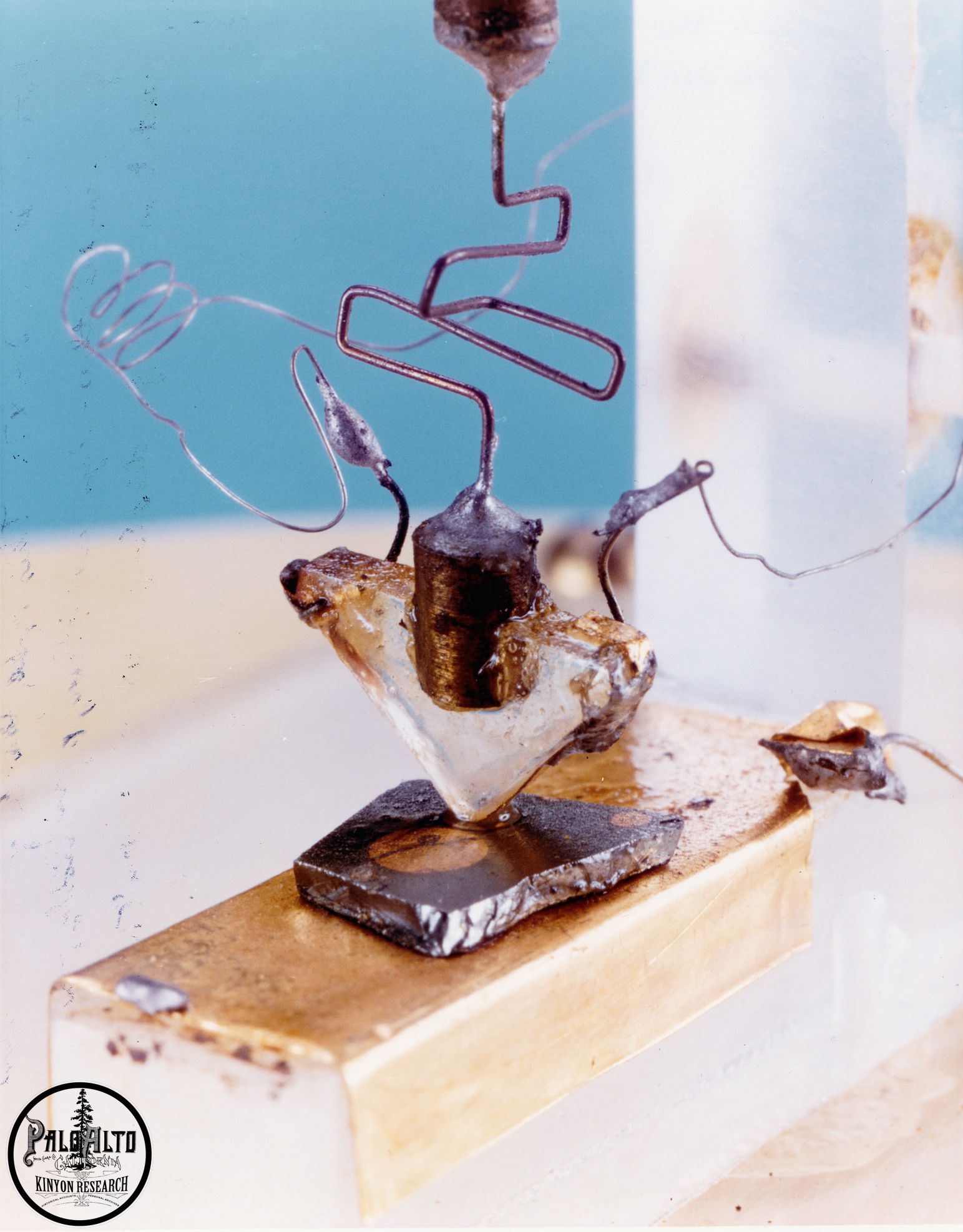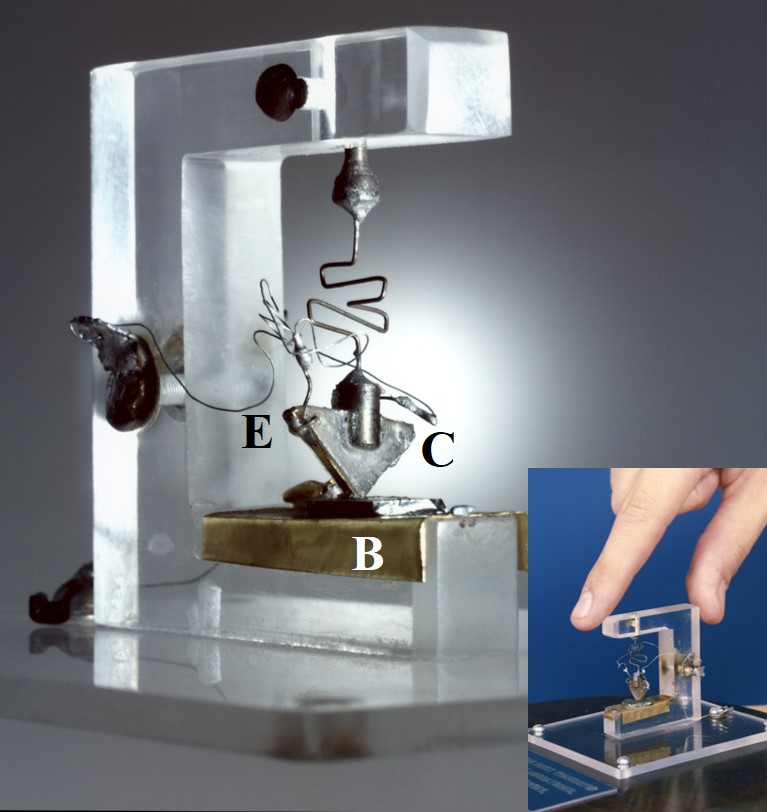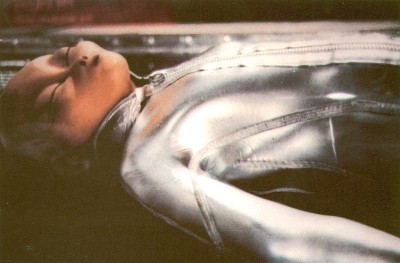View attachment 4608772
Thursday, June 28
On this day in history:
1762 - 1st reported counterfeiting attempt (Boston)
In June 1761, Jeremiah Dexter of Walpole, MA was caught trying to pass counterfeit dollars of his own making. As punishment, Dexter was forced on September 10 to stand in the pillory for one hour and pay a fine of 20 pounds. Among the crowd who showed up that day to ridicule Dexter was the eccentric Dr. Seth Hudson, a wealthy Dutchman who drew the attention of the city’s populace with his flamboyant crimson velvet outfits. Hudson landed in Boston earlier in the year during his leisurely travels, and he quickly began to move within the inner circles of the Boston elite. But his travels, it turns out, were not entirely “for his own amusement.” In March, he began offering 100-pound treasury notes that guaranteed six percent returns to the wealthy client base he had been carefully cultivating. Hudson’s enthusiasm at the pillory was most likely motivated by his desire to protect his new business, since the detection of counterfeit bills could reduce public confidence in paper currency and adversely affect sales of his own treasury notes. Hudson’s fears were well founded, because one month later the operations of yet another counterfeiter, Joshua Howe, were exposed. Howe confessed soon after he was apprehended that he did not act alone: he was “a partner in villainy with Doctor Hudson.” On October 8, both Howe and Hudson were thrown in jail for counterfeiting.
A Liar and a Thief
It will come as no surprise that Seth Hudson was not born in Holland as he claimed, but rather in Marlborough, MA on April 13, 1728. His title of “Doctor” seems to have had some justification: he may or may not have received formal medical training, but he did begin a medical career in 1749 as a surgeon at Fort Massachusetts, where he later became a commanding officer.
In October 1757, Hudson was kicked out of the military after he was accused of being a liar and a thief, although the details of exactly what he did to bring about such charges are sketchy. He eventually landed in New Hampshire, where he probably met the experienced counterfeiter, Joshua Howe. There, the two of them hatched a scheme to print Massachusetts treasury notes in 100 pound increments and sell them to wealthy Bostonians.
Howe and Hudson created their fake 100 pound notes by first printing the bills using tools they acquired from the notorious New Hampshire counterfeiter, Glazier Wheeler. They then placed the fake note over a real one, traced the original signature with a sharp instrument so that an impression of it was transferred over to the fake one, and then filled in the impression with black ink. The second step of creating the signature was not nearly as successful as the first step of printing of the bills. The
Boston Post-Boy reported that the printed notes were “every Way like the true Notes, save that the written Part is badly done.”
All together, Hudson sold 800 pounds worth of these fake notes. One of Hudson’s victims was the gullible Samuel Wells, a merchant and judge of the Court of Common Pleas, who back in 1749 was the target of a failed extortion scheme carried out by James Williams and Mary Richards.
Conviction and Punishment
While Hudson and Howe waited in prison for their trial, Howe was punished on February 2, 1762 for a previous counterfeiting conviction by being forced to stand in the pillory for one hour and be whipped 20 times. No doubt motivated by Howe’s description of his experience, Hudson tried to escape from prison two days later, but he was easily captured and returned to jail.
On Feburary 26, so many people showed up for the trial of Hudson and Howe that it had to be moved from the courthouse to the largest meetinghouse in Boston. The evidence presented against the two was so strong that the jury members did not even leave the room to deliberate. They found Hudson guilty of four counts of counterfeiting, and he was sentenced to one hour in the pillory, 20 lashes at the whipping post, and a 100-pound fine for each count. In addition, he received a 1-year prison term. They also found Howe guilty of two counts of counterfeiting, and he was handed the same set of penalties as Hudson, except that he was to receive 39 stripes at the whipping post.
The irony of Hudson’s behavior during Dexter’s punishment and the sensation of his own case were too rich for satirists and pamphleteers to pass up. At least two poetic broadsides of Hudson’s “speech” and “confession” were circulated during his several trips to the pillory, which probably was located on State Street in Boston.
The Humble Confession of that
NOTORIOUS CHEAT,
Doctor SETH HUDSON.
1762.
I Come, I come, the Villain cries,
With Terror sparkling in his Eyes;
While Fires from Hell his Soul inflame,
Distrest with Guilt–and stab’d with Shame.
Ye murder’d Hours so gaily flown,
These present Pangs are all your own.
My tortur’d Soul reflects with Pain,
On all the thoughtless, guilty Train.
Forgive, My Country, O forgive;
With deep Remorse I plead to live:
With Pity all my Crimes chastise,
And drink Repentance from these Eyes.
Hard’ned to Crimes–prone to rebell,
I dar’d assault the Gates of Hell:
No Vice my callous Heart declin’d;
No Ray of Grace illum’d my Mind.
Now all my Sins like Fiends arise,
And burning Tortures blast my Eyes:
Mercy from injur’d Heav’n implore,
Resolve by Grace to sin no more.
I come–submit to all my Shame,
Nor dare my injur’d Country blame:
Some Pity sure a Wretch may share,
Nor let me double Tortures bear.
Contempt I know is my Desert;
But O let Pity reach the Heart:
And let these transient Pangs atone;
Nor smile insulting while I groan.–
But ye whose Breasts are rib’d with Steel,
Whose marble Hearts disdain to feel,
Go lay our lurking Vices bare,
And judge with Rigour Follies there.–
And ye whose Souls relenting prove,
Those Twins of Virtue,
Pity, Love;
May righteous Heav’n at length bestow
That Mercy, you to other’s show.
But O though Power of Grace divine,
Thy Mercy grant–for Mercy’s thine;
Tho’ Man condemn–do though forgive,
And let a Rebel Sinner live.

Pillory and Stocks
____________________
H-ds-n’s SPEECH from the Pillory.
What mean these Crouds, this Noise and Roar!
Did ye ne’er see a
Rogue before?
Are
Villains then a Sight so rare,
To make you press and gape and stare?
Come forward all who look so fine,
With Gain as illy got as mine:
Step up—you’l soon reverse the Show;
The
Croud above, and
few below.
Well—for my Roguery here I stand,
A Spectacle to all the Land:
High elevated on this Stage,
The
greatest Villain of the Age.
My Crimes have been both great and many,
Equal’d by very few, if any:
And for the Mischief I have done
I put this
wooden Neckcloth on.
There
HOW his brawny Back is stripping,
Quite callous grown with often whipping.
In vain you wear your
Whip-Cord out,
You’l ne’er reclaim that
Rogue so stout.
To make him honest, take my Word,
You must apply a
bigger Cord.
Now all ye who behold this Sight,
That ye may get some profit by’t,
Keep always in your Mind, I pray,
These few Words that I have to say.
Follow my Steps and you may be
In Time, perhaps, advanc’d like me;
Or, like my fellow Lab’rer
How,
You’l get at least a
Post below.
Apparently a “
bigger Cord” was never found for Joshua Howe, because he never entirely gave up his counterfeiting career. In 1764 his name appeared in an escape advertisement for breaking out of the Cambridge jail. The notice describes Howe as “a stout fat Man,” who “wears a Cap, is very grey haired, has a short blue Jacket, a red Waistcoat, dirty Leather-Breeches, and light-worsted Stockings.” In 1768, the
New-York Gazette reported that Howe was committed to jail once again for counterfeiting, this time in New Hampshire, and claimed that he was one of “a Clan of these Gentry of at least 500, who correspond thro’ all the Colonies, as far as North-Carolina.” Howe denied that he had counterfeited any money and said that he only rented out at 10 dollars per day certain tools that could presumably be used for such a purpose. He was later acquitted of the charges due to a lack of evidence.
As for Seth Hudson, he did not fully serve out his one-year prison sentence, because in July 1762 he was allowed to join the navy and was later released from service in December. He eventually moved to Albany, NY where in 1767 he died of smallpox. There was nothing fake about Hudson’s death, because while on his deathbed, he passed the virus on to one of his old associates, who also died of the disease.
http://www.earlyamericancrime.com/poems/seth-hudson





















